Aviation New Zealand
Improving Aviation
Business View Oceania interviews Aviation New Zealand for our Aviation View on related organizations across the region.
Aviation New Zealand is the peak body for businesses, organisations, entities, and associates affiliated with New Zealand’s popular commercial General Aviation industry. Senior representatives John Nicholson (CEO), Bill MacGregor (Executive Officer) and Andrew Nicholson (Office Manager), happily share their knowledge with Business View Oceania surrounding the association’s history, operations, priorities, projects, and goals for the future.
- Can you tell us a little about the history of Aviation New Zealand? When and why was it founded? What were the regulations that the association felt had to be filled, and has that mission changed over the years? What is the current mandate?
New Zealander Richard Pearse flew at about the same time as the Wright Brothers. While this might not be a particularly well-known fact, it meant New Zealanders quickly recognised the potential of aviation as a new technology. We have since made extensive use of it in our country, which has brought about both national and international benefits. New Zealand has manufactured over a thousand high-quality aircraft, and New Zealand aviation products and services are found on all continents around the world- including Antarctica.
New Zealand is a long, thin, and mountainous country with relatively few large population centers. The topography does not encourage fast rail or elaborate motorway systems, so aviation was quickly seen as a way of bringing communities together. Many saw a wide range of potential uses for aviation, especially through aerial topdressing trials during the 1930’s. The whole industry was boosted following the return of pilots, mechanics, and engineers at the close of World War ll.
Flying in the late 1940’s, especially in general aviation, was dangerous. As a result, the New Zealand Aerial Work Operators’ Association (now the New Zealand Agricultural Aviation Association or NZAAA) was established in 1949 to encourage the safe development of the agricultural aviation industry. Early aviators recognised the potential of aviation for other sectors, and so the Aviation Industry Association, now known as Aviation New Zealand, was set up in 1950. While the association’s coverage was much broader, its prime focus remained on improved safety. A number of firsts quickly followed.
- Sir Henry (Harry) Wigley made aviation history in September 1955, when he made a world-first snow landing in a plane with modified retractable skis that he had developed and perfected.
- The first helicopter was imported in September 1956. It appeared on the New Zealand register in March 1957.
- The first International Agricultural Aviation Show was held in Palmerston North in November 1956. Featuring 60 fixed-wing aircraft, it “…aimed to show the flexibility and beneficial effects of aviation to the New Zealand economy”.
- HRH Prince Philip viewed a special agricultural aviation display on 17 December 1956, which put New Zealand’s aviation expertise firmly on the map.
- How many staff run Aviation New Zealand? What are their main priorities, and does Aviation New Zealand have any major changes planned for the near or long-term future?
Today, Aviation New Zealand is comprised of six divisions. They are the NZAAA, New Zealand Helicopter Association (NZHA), Unmanned Aerial Vehicles of New Zealand (UAVNZ), Aviation Engineering Association of New Zealand (AEANZ, also called Engineering and Supply), Training and Development, and Operational. It has two staff members in Wellington and one in Auckland. Chairs of different divisions, along with two elected Vice Presidents, an elected President, the immediate past President, and a representative from the major airline (Air New Zealand) make up Aviation New Zealand’s governance council. The council provides strategic direction and can provide technical assistance to our permanent staff. Aviation New Zealand also contracts in specialist technical expertise where appropriate.
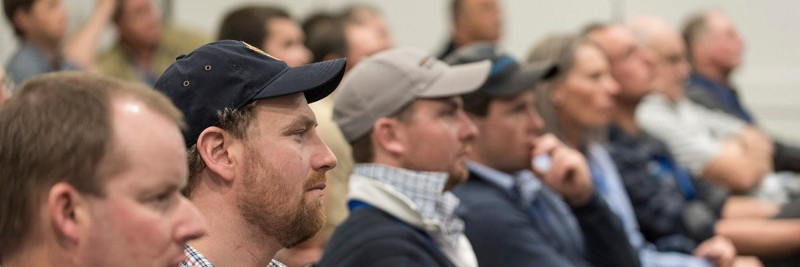
- What is Aviation New Zealand’s membership? Are there different tiers of membership, including associate members from different industries? How do you communicate with your membership, and what are their benefits?
Members include agricultural companies, air operators (fixed wing and rotary), aircraft designers and manufacturers, maintenance repair and overhaul companies, the UAV industry, airports, aviation trainers, tertiary institutions, emergency and medical services companies, helicopter companies, and parts manufacturers. The larger companies in each of these sectors, including Air New Zealand, belong to Aviation New Zealand. Our mission is to provide value for members by championing safety, representing their interests, and helping them to be more effective in business. We achieve this through five competencies:
- Safety
- Advocacy
- Expertise
- Engagement
- Communication
Advocacy is the major benefit for members. We can speak as ‘one voice’ for industry in interactions with government agencies and provide a credibility that companies acting on their own, would struggle to achieve. This saves members time and allows them to focus on their own businesses.
Important programs run through Aviation New Zealand include AIRCARE™, an integrated accreditation program that requires operators to apply the same robust risk management processes to environmental safety that they have adopted for flight safety, Down to the Wire, which encourages farmers to remove wire hazards for aerial top-dressers, and a just-launched Helicopter Safety Initiative, which addresses major issues in helicopter safety surrounding loss of control and performance management. Aviation NZ also provides a range of business advice and templates to members, provides a peer-to-peer business network so that individual companies can address problems, and provides members with access to support programs. These include N3, a wide-ranging procurement program, OFx, a foreign exchange program, and Manage, which helps with ACC premiums.
This work requires that Aviation NZ communicates regularly with its members. We produce a weekly e-newsletter which is also circulated to government agencies, prospective members, and aviation influencers. It has 1576 subscribers. Divisions also produce e-newsletters for their members, and Aviation NZ produces a periodic member-only e-newsletter. The organization makes extensive use of social media, including Twitter, Facebook, and LinkedIn, and runs webinars.
Aviation NZ works closely with a number of other associations, from the broad Business New Zealand and NZ Chambers of Commerce to other aviation associations, including the Aviation Federation, NZ Airports Association, Airline Pilots Association and BARNZ. We also work with other sectoral groups where there are common interests (Groundspreaders Assn, Agcarm, NZ Agrichemical Education Trust, Federated Farmers, Road Transport Assn and Tourism Industry Aotearoa). These relationships are important in terms of developing common positions, accessing relevant technical competence, and sharing intelligence.
COVID-19 hit the New Zealand aviation industry hard, just as it affected the industry globally. Aviation NZ’s initial response was to develop distinct priorities for action, including reducing costs for continued member viability, keeping members operating and making sure they were ready for recovery, and kickstarting the economy by identifying aviation projects and activities which could start as the country or region/s downgrade restriction levels.
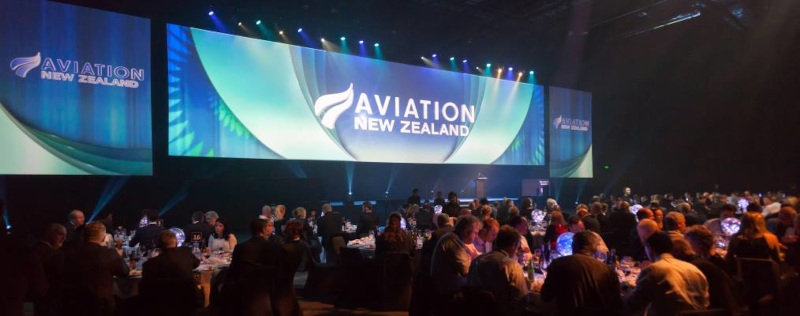
- What does the landscape look like for the aviation industry over the coming decade, and how important is commercial, international, and general aviation to the economy of New Zealand? How will Aviation New Zealand continue to be a viable voice for the industry?
Today, companies mostly reliant on the domestic economy, especially agricultural aviation and UAVs, are generally doing well. Companies exposed to international business, especially tourism operators and training organisations, are struggling. Many have downsized significantly. As the August/September 2021 lockdowns imposed through a COVID-19 outbreak show, the domestic market for scheduled services and tourism/charter operations is very fragile. Engineering activity reflects the welfare of their customer bases, but supply chain challenges have emerged as an issue. In June 2021, there were 4534 powered aircraft on the New Zealand register including 886 helicopters. This equates to one aircraft per 1072 people, and one helicopter per 5487 people. The full impact of COVID-19 on the number of operational aircraft in the total NZ fleet will not be apparent until CAA publishes the results of data gathered up to July, 2021.
The industry remains optimistic. Accelerating the pace of COVID-19 vaccinations will be important, as it will hopefully give the Government more confidence to open our borders, and address the significant issues faced by our tourism and international training sectors. We need this to happen quickly, before we lose more capability and capacity, and before more companies close permanently.
The UAV industry is growing rapidly. The safe integration of this industry into shared airspace, the adoption of new technologies and the impacts of climate change are challenges to be faced in coming years. It is critically important that Aviation New Zealand continues to acquire the expertise, in these new areas to remain relevant, credible and a strong voice for members. It is also hoped that the new Civil Aviation Bill will lay stronger foundations for a growing and dynamic industry for the foreseeable future.
AT A GLANCE
Aviation New Zealand
What: Advocate for safety, representation, and growth for members of New Zealand’s Aviation industry.
Where: Aviation New Zealand is headquartered in Wellington, New Zealand.
Website: www.aia.org.nz

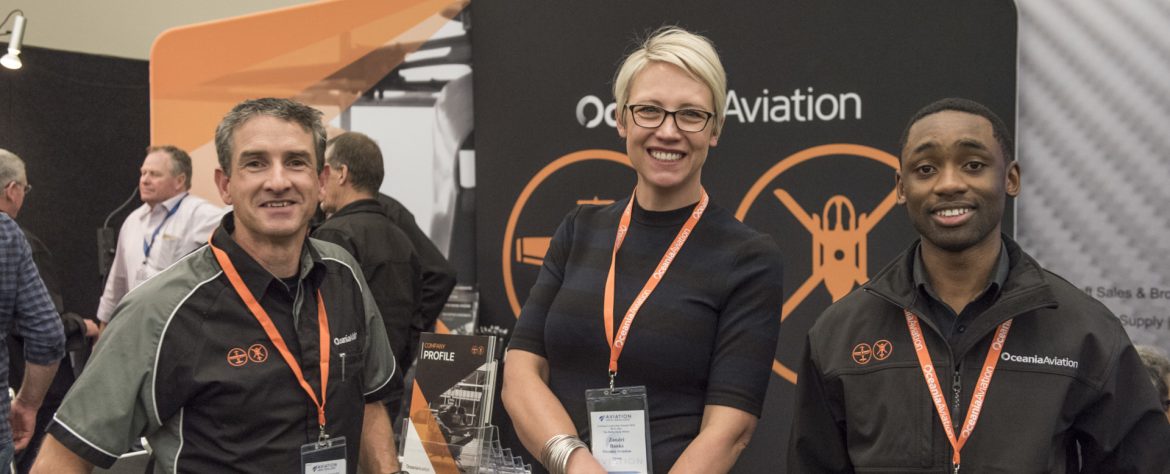
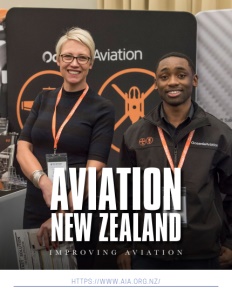
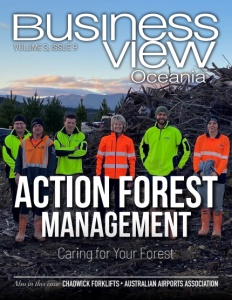
 This information will never be shared to third parties
This information will never be shared to third parties